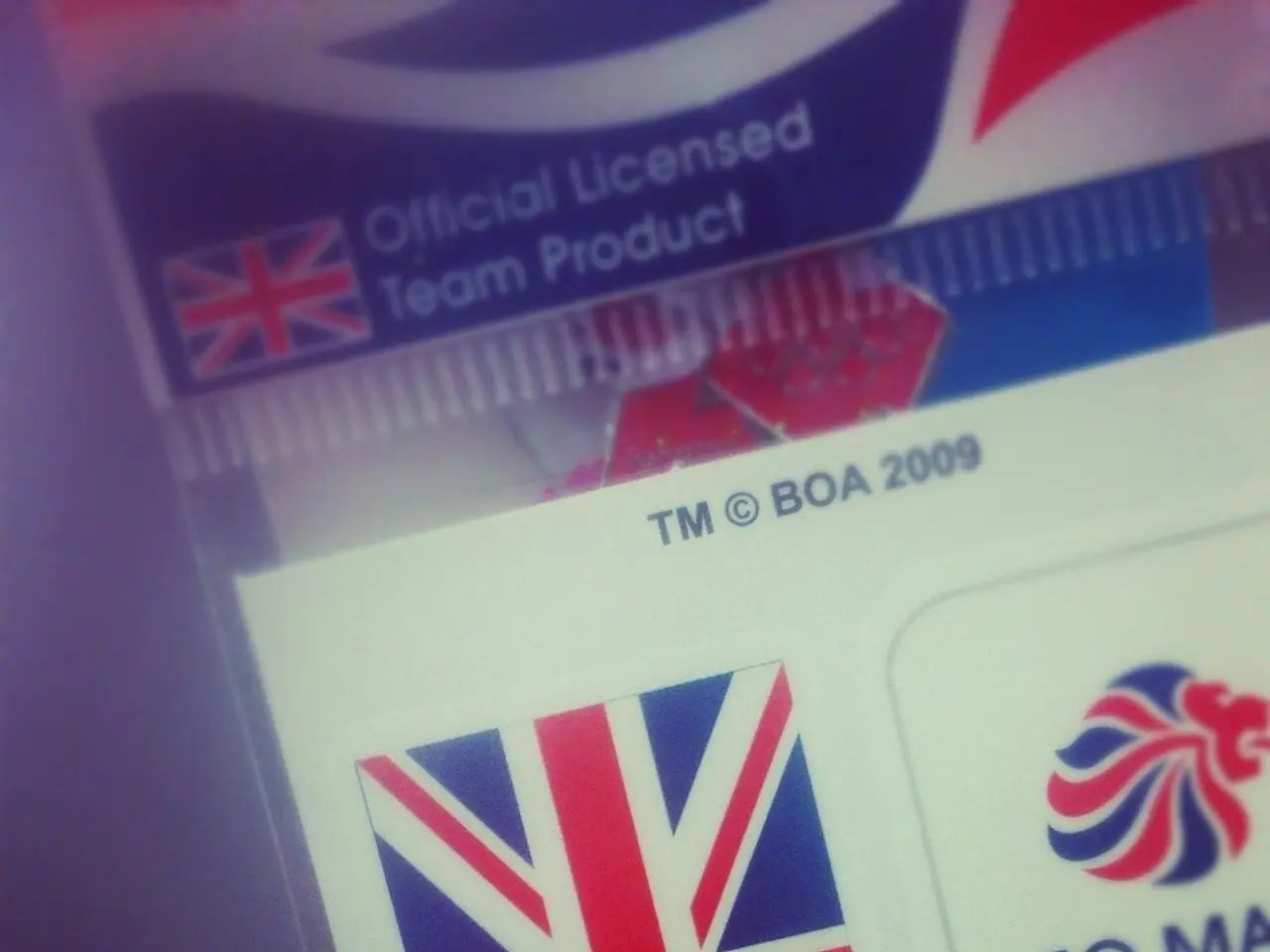Defense bill of 2026 proposes changes to security clearance protocols
Modernizing Personnel Vetting: The Trusted Workforce 2.0 Initiative
The United States government is making strides towards modernizing and streamlining the security clearance checks and personnel vetting processes with the Trusted Workforce 2.0 (TW 2.0) initiative. This ambitious project aims to reform background investigations for national security, suitability, and fitness for employment, focusing on enhancing continuous vetting, improving case management systems, and integrating more automated and efficient procedures [1][3].
One of the key milestones of TW 2.0 includes the discontinuation of temporary COVID-19 vetting procedures, returning to full operation. The initiative also emphasizes enhancements to digital case management platforms, such as Upstart 2.0, to better track vetting applications and service level agreements. Furthermore, it integrates and cross-trains personnel handling the vetting and accommodation processes to eliminate procedural bifurcations and improve customer service [1].
However, opinions on the results of TW 2.0 so far have been mixed. On one hand, the move to automate and centralize vetting processes is seen as an improvement towards efficiency and transparency [1]. On the other hand, comprehensive user feedback or critiques of operational challenges or delays are not detailed in the sources. The complex nature of vetting reform efforts often involves growing pains, such as balancing thorough security screening with speed and minimizing disruptions for cleared personnel or applicants [3].
Industry insights highlight the importance of cautious vetting, transparency, and proof-of-concept approaches to onboarding and security, emphasizing that modernization efforts must carefully balance innovation with rigor and trust [2].
The TW 2.0 initiative also addresses traditional reluctance towards declassifying information by allowing companies to maintain a deeper bench of staff for classified programs while employees undergo background investigations. This provision could help address the concern of a dearth of cleared workers in the industry [4].
Furthermore, both the Senate Armed Services Committee and House Armed Services Committee proposals aim to make it easier for people to enter cleared positions and work on national security issues faster. These proposals are part of the governmentwide reforms under the TW 2.0 initiative [5].
In summary, the Trusted Workforce 2.0 initiative represents a significant effort towards modernizing personnel vetting via enhanced digital management, cross-trained teams, and streamlined procedures. While preliminary progress has been made, ongoing challenges typical of large-scale security reforms remain [1][3]. Detailed assessments of the initiative's mixed results might emerge more fully with additional operational data over time.
References:
[1] Office of Management and Budget. (2021). Trusted Workforce 2.0. Retrieved from https://www.whitehouse.gov/wp-content/uploads/2021/05/Trusted-Workforce-2.0-Fact-Sheet.pdf
[2] Government Accountability Office. (2021). National Security Clearance Process: Actions Needed to Improve Efficiency and Transparency. Retrieved from https://www.gao.gov/products/gao-21-106766
[3] Professional Services Council. (2021). Trusted Workforce 2.0. Retrieved from https://www.psc.org/policy-resources/trusted-workforce-2-0
[4] Congressional Research Service. (2021). National Security Personnel Vetting: Background, Issues, and Options. Retrieved from https://crsreports.congress.gov/product/pdf/R/R46493
[5] National Defense Authorization Act for Fiscal Year 2022. (2021). Retrieved from https://www.congress.gov/117/bills/hr4350/BILLS-117hr4350enr.pdf
The Trusted Workforce 2.0 (TW 2.0) initiative seeks to modernize the federal workforce by integrating technology and automation into personnel vetting processes, aiming to create a reimagined workforce that is more efficient and transparent. The initiative also aims to reduce procedural bifurcations by cross-training personnel and improving digital case management platforms.
In line with the TW 2.0 initiative, both Senate and House Armed Services committees have proposed measures to expedite theclearance process for national security positions, enabling a larger and faster workforce to tackle such issues.




